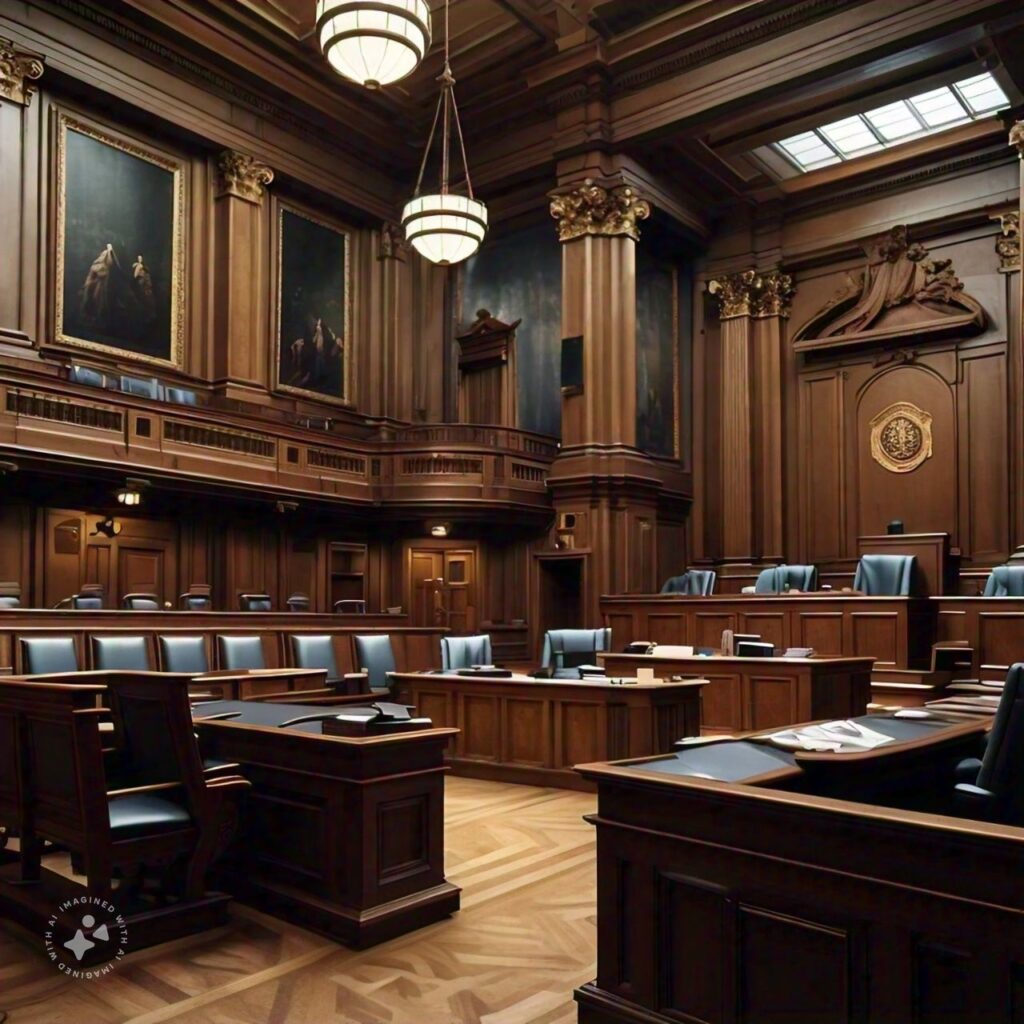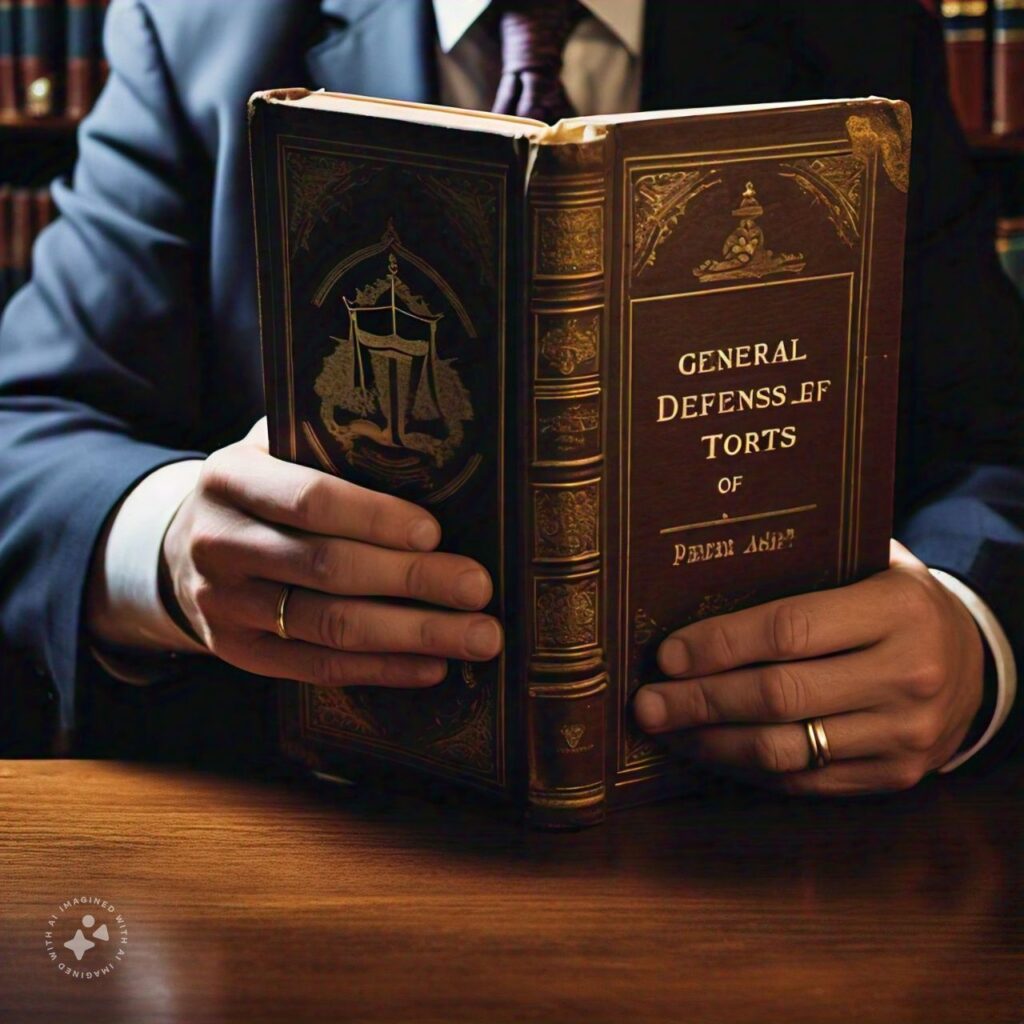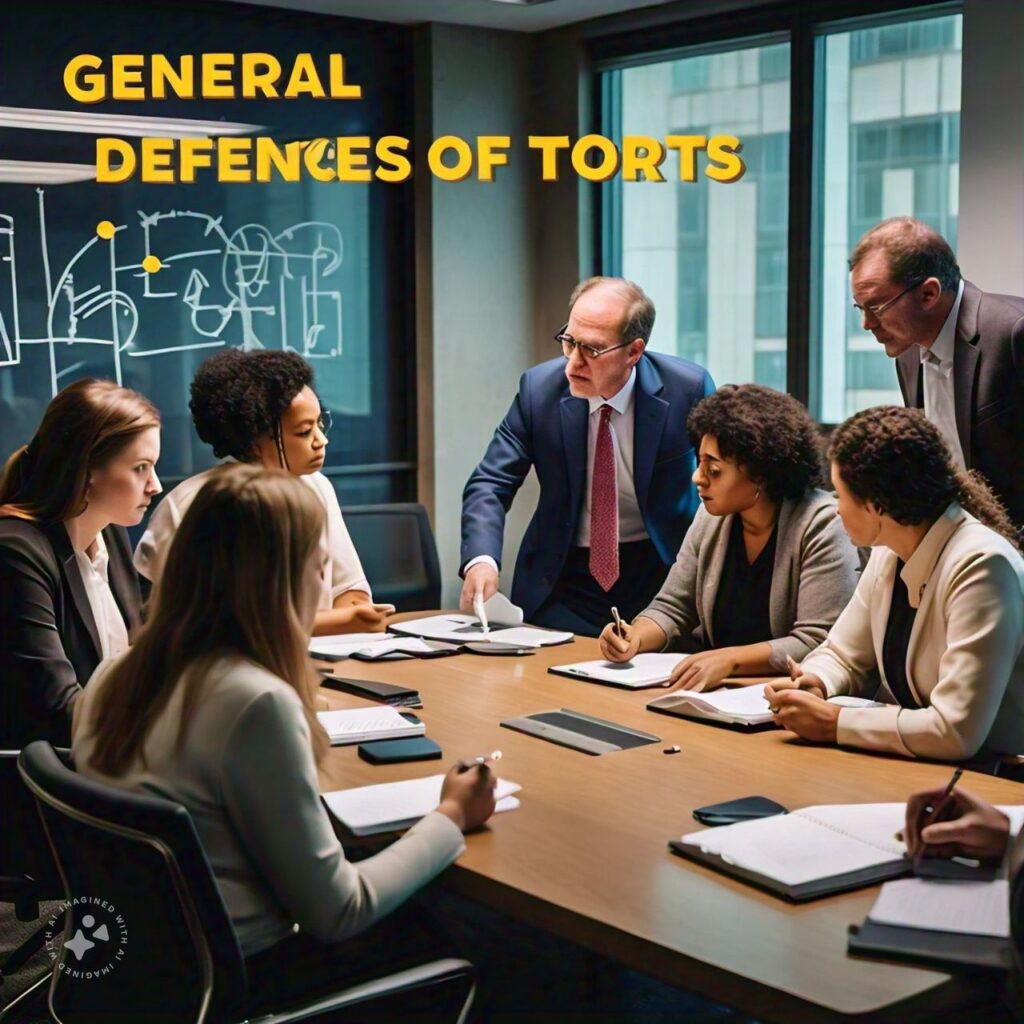JOSEPH ALIAS PAPPACHAN AND ORS. VS DR. GEORGE MOONJELY AND ANR., 1994
Written by Mansi 3rd Year of 5 Year LL.B. Student, Symbiosis Law School, Hyderabad Citation: AIR1994KER289 Introduction: This particular case recalls the rudimentary medical practices of the Stone Age, where a “physician” utilized sharpened stones for incisions and employed stone needles for sutures. Meanwhile, serving as an “anesthetist,” another individual stood ready with a club to subdue any signs of movement from the patient. Negligence in the words of Winfield and Jolowicz is; “the breach of a legal duty to take care which results in damage, undesired by the defendant to the plaintiff.” Medical Negligence is defined as an unethical behavior by any professional member while performing professional duties. Negligence is defined as a breach of a legal duty of care, and thus, it goes without saying that no one should violate the rights of others since all individuals have unique rights granted by the state. In the case of medical negligence, the medical professional is expected to exercise greater caution. Once all the essentials of committing a negligent act are fulfilled, the medical professionals and hospitals may face civil or criminal liability or even both. Historical Background and Facts: The said case is based upon medical Negligence, and the facts of the case include the patient, Mary; plaintiff 1, who is the husband of Mary; plaintiff 2,3,4, who was the minor children of Mary; defendant 1 – Dr. George Moonjely and defendant 2 being the wife of Dr. Moonjely. Mary was admitted to the Little Flower Hospital in Angamaly on November 22, 1982, for her third delivery, and on November 24, she gave birth to a male child. She was discharged from the hospital on November 26 after a standard delivery. On the same day, she was admitted to the nearby Moonjely Medical Centre for a Postpartum Sterilization Procedure (P.P.S.). The defendant’s wife ran the centre. Defendant 1 performed surgery on Mary on November 27. According to plaintiff 1, the operation was carried out brutally after tying the patient’s hands and legs to the stretcher’s frame. Mary was discharged from the Moonjely Medical Centre on December 5, but she had to be brought back the next day with severe complaints of pus and fecal matter oozing through the surgical slit. The first defendant then gave the plaintiff one an unsigned letter directing him to take Mary to Krishna Nursing Home in Cochin, where she was admitted on December 7. There, she was examined by the Chief Medical Officer, who informed the plaintiff that Mary would need to be kept under observation for a few days before final treatment could be determined. As plaintiff 1 became concerned, Mary was taken to the nearby City Hospital in Cochin on December 7. On December 9, doctors at the city hospital discovered that Mary’s abdominal cavity was filled with fecal matter and thick, foul-smelling pus. After the clearance, the doctors found that Mary’s small intestine had been cut and left unsutured. Fecal matter and pus came through the cut, leading to the bacterial infection peritonitis. Dr. Joseph of the City Hospital operated on her abdomen a few days later, after which the fecal discharge began again, and the patient’s condition worsened. Mary was transferred to the Little Flower Hospital, which was close to her home, on December 22 because her treatment would be prolonged. On December 30, she underwent another surgical procedure after her ileum was discovered to be perforated in numerous places. Surprisingly, the City Hospital doctors did not notice the perforation. Issues: Rule: Medical Negligence occurs when a doctor fails to perform to the standards of their profession. The three ingredients of Negligence are as follows: 1. The defendant owes a duty of care to the plaintiff. 2. The defendant has breached this duty of care. 3. The plaintiff has suffered an injury due to this breach. Vicarious liability, or imputed liability, is a legal principle that holds a person or company liable for the actions of others or their employees. Hospital administrators have the same legal obligation as the humblest doctor. Whenever they accept a patient for treatment, they must use reasonable care and skill to cure him. Judgement: After examining the evidence, the trial court concluded that the initial defendant was negligent in performing the P.P.S. operation on the deceased. It also held the second defendant, the hospital owner, vicariously responsible for the Negligence of the first defendant. Furthermore, it determined that D1 was employed there and that the hospital/clinic lacked adequate equipment. Consequently, the plaintiffs/appellants were awarded damages of Rs. 93,000/- with 12% annual interest. Analysis: To answer the first question: 1.) Before Mary was admitted to the Moonjely Medical Center for a P.P.S. operation performed by the defendant, she was in good health. Complications began on November 27, 1982, when she had her surgery in an unsanitary setting. 2.) The horrifying reality was that she was operated on by defendant one without receiving even local anesthesia, after which she experienced discomfort due to significant abdominal problems, which was a clear indication that something went wrong with the procedure. 3.) Defendant 1 ignored her concerns as being nothing more than gas (flatulence), and she was eventually discharged as “fit” on December 5. These facts make it evident that Mary’s peritonitis, which developed after the small intestinal cut she sustained as a result of the defendant’s careless P.P.S. procedure, caused her death. 4.) The claim made by defendants 1 and 2 is that Mary died from minor intestine perforations brought on by typhoid illness rather than an intestine cut. This claim has no merit, as when examined in the context of the evidence presented, no symptoms of typhoid were shown. 5.) It is evident that Mary’s death resulted from the first defendant’s Negligence in performing the P.P.S. operation and not from perforation brought on by typhoid fever. For the second issue: 6.) Given that we find that defendant 1 was irresponsible in carrying out the P.P.S. surgery, he was held liable for his negligent act. 7.) Defendant 2 is also vicariously




